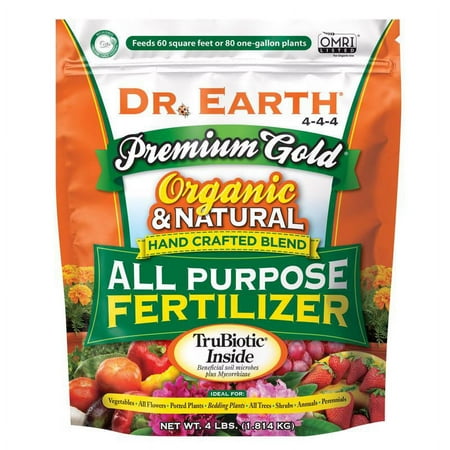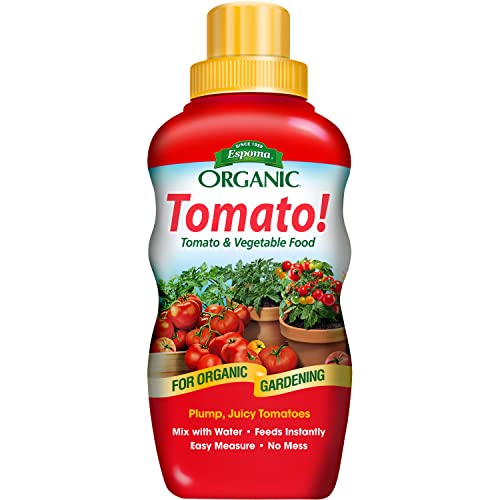How to fertilize daylilies – my essential tips as a professional gardener for lush, long-lasting flowers this summer
Discover when to fertilize daylilies and the best products to use

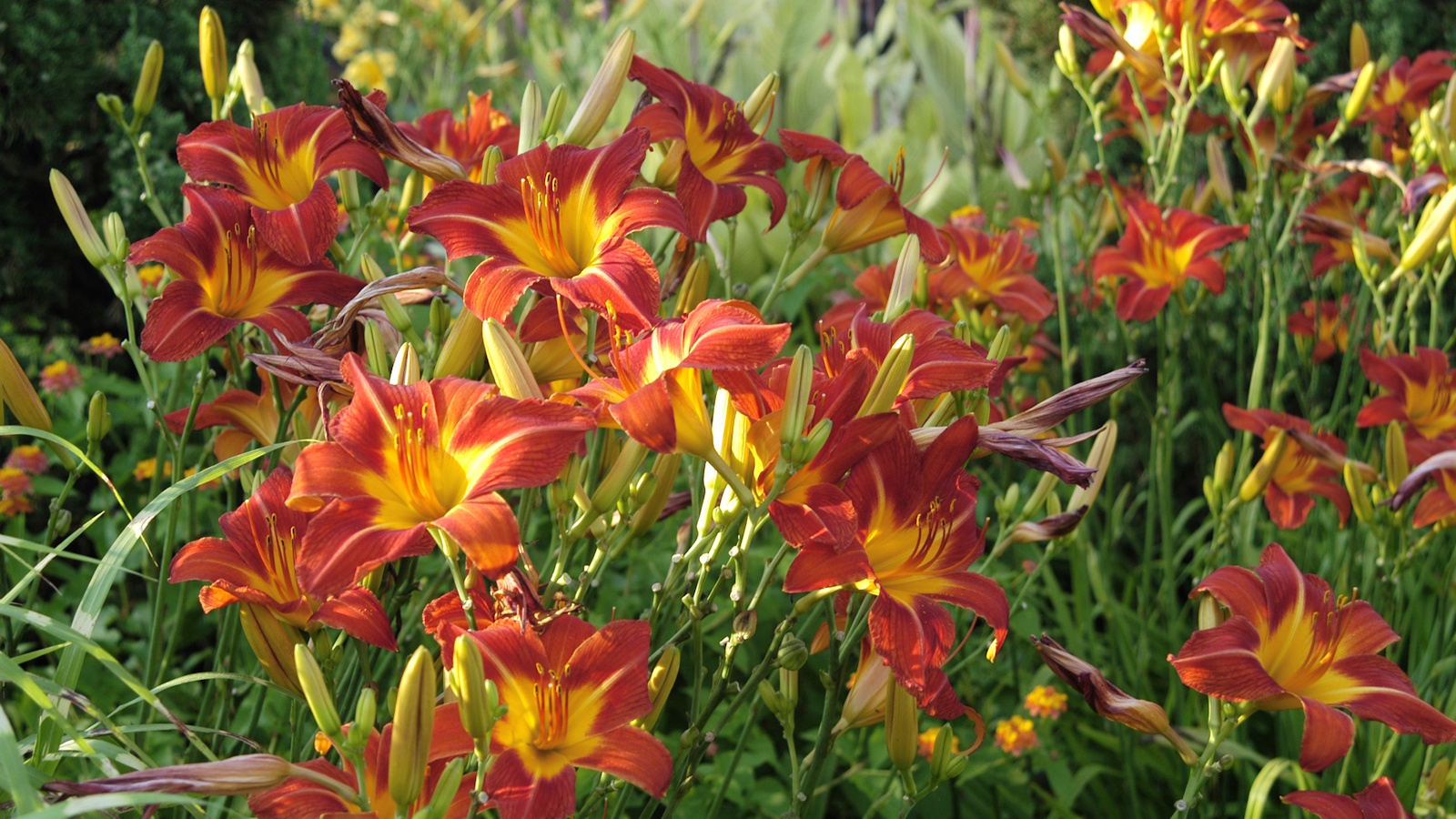
Daylilies have both a good and bad reputation. On the one hand, they are highly valued as long-lasting, reliable and tough perennials. Yet, on the other, some species, such as Hemerocallis fulva, with its fiery red-orange flowers, are considered invasive in several US states, including Florida and Virginia. Thankfully, there are many varieties, like Hemerocallis 'Stella de Oro', which strike a happy balance and are free-flowering and full of charm, but without dominating borders.
While daylilies are often considered workhorses of the garden, they can sometimes benefit from an application or two of feed. Of course, I would always advise limiting fertilizer use if it is not needed. For example, if you are currently enjoying masses of blooms, it is safe to assume that you don't need to fertilize. That said, if your daylilies are all green blades and no flowers, then a well-timed feed can work wonders, in my experience.
So, while you might know how to grow daylilies, learning how to fertilize them is also important. Here’s my guide to getting the most from these garden stalwarts, after several years of trial and error.
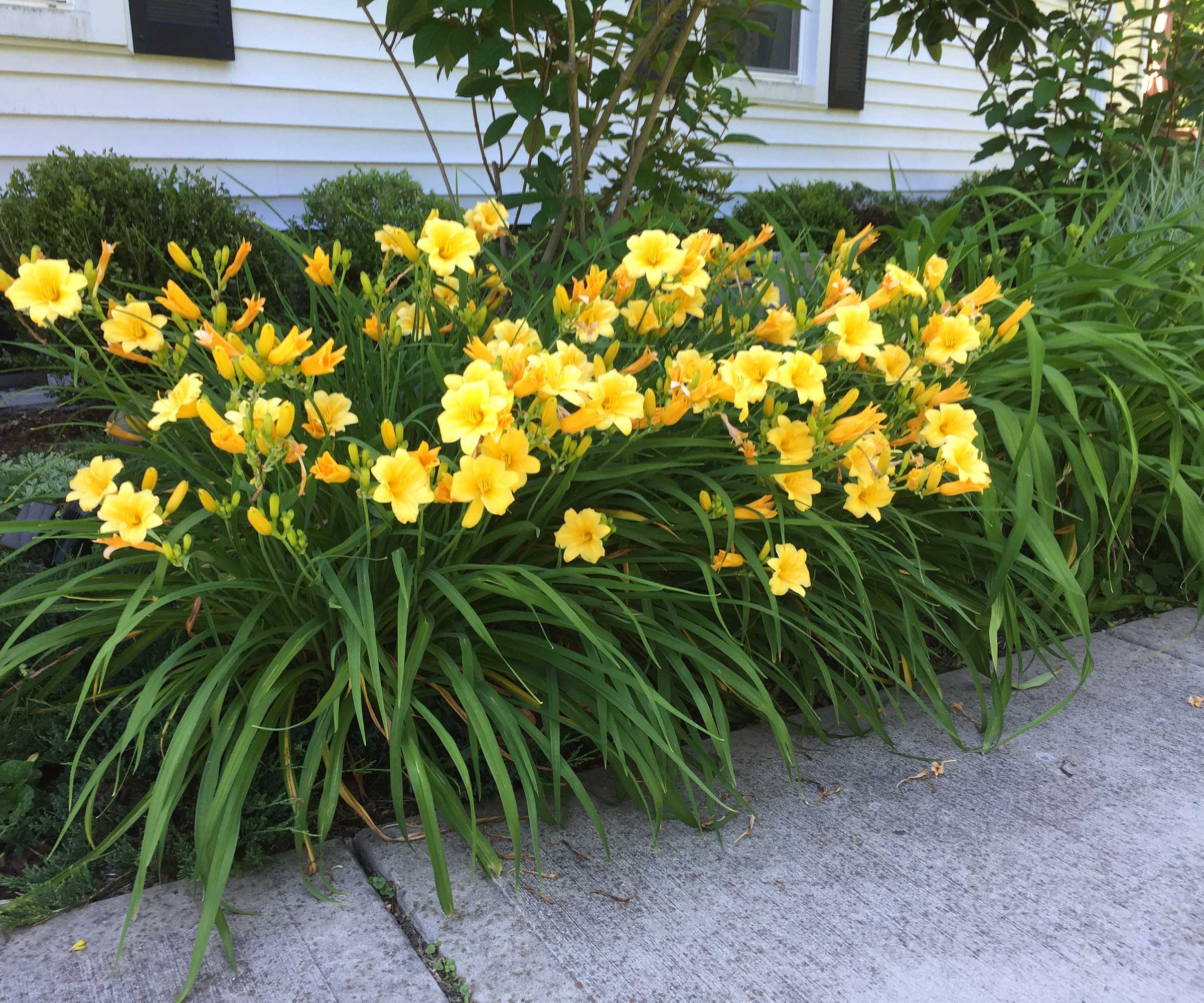
How to fertilize daylilies
Daylilies are some of the best perennials that thrive on neglect, typically blooming for long periods of summer with little effort needed.
However, if your daylilies are lacking orange or yellow flowers, giving a light feed during the growing season can make all the difference.
'Stella D'Oro' live daylily plants are available to order now via Amazon.
When to fertilize daylilies
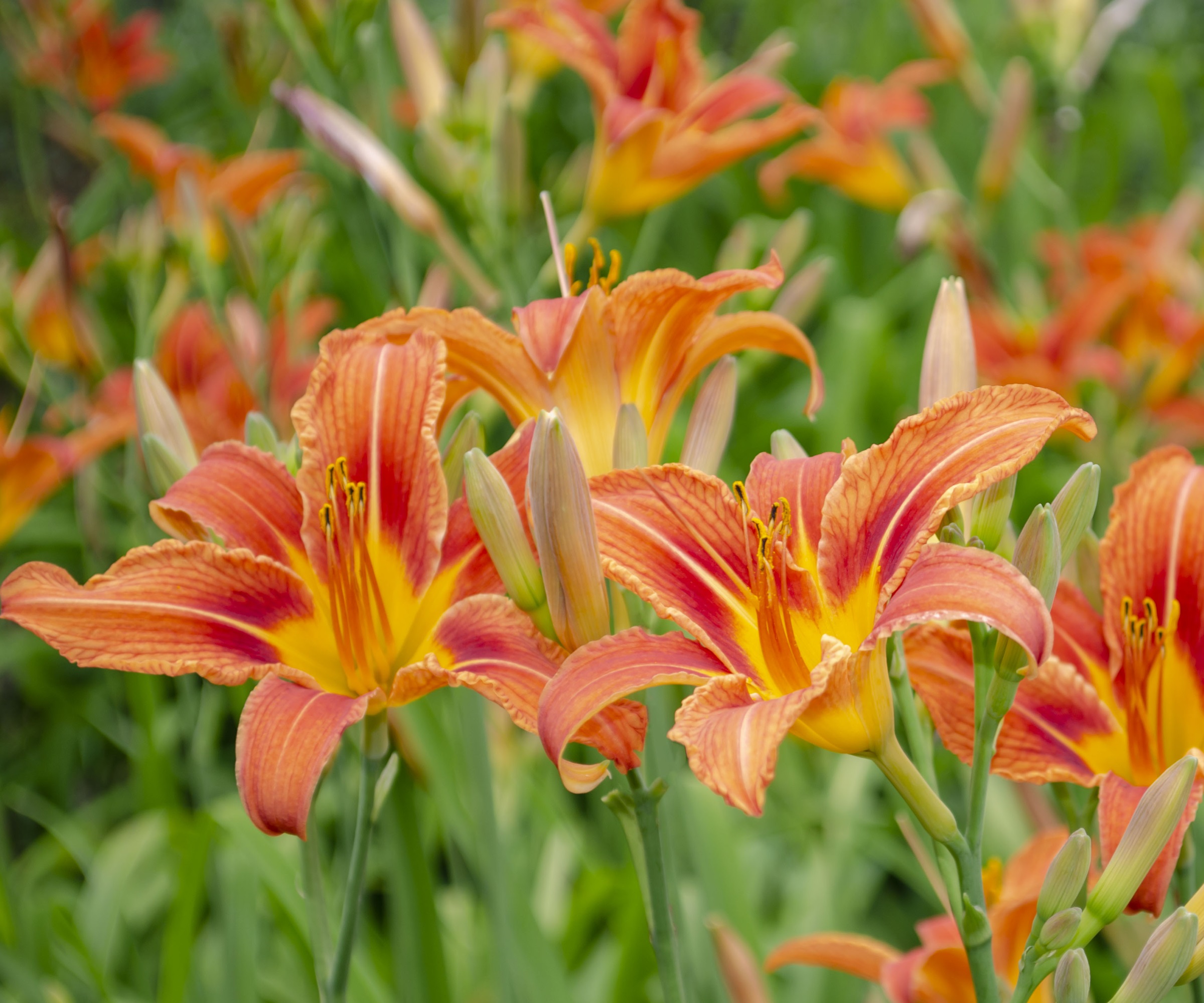
For daylilies (including 'Stella D'Oro'), it is usually not necessary to follow a feeding schedule.
Design expertise in your inbox – from inspiring decorating ideas and beautiful celebrity homes to practical gardening advice and shopping round-ups.
I have found that these perennials tend to grow just fine without regular and consistent applications of fertilizer.
Instead, I would stick to feeding daylilies just once or twice during the growing season if they are lacking in flowers. So, anytime between June and August is recommended. I would not feed them any later than August or September as the growing season begins to wind down.
If you are growing daylilies in pots, I would suggest a monthly or three-weekly feed during the growing season. This is because container plants are entirely reliant on you for nutrition.
How to fertilize daylilies
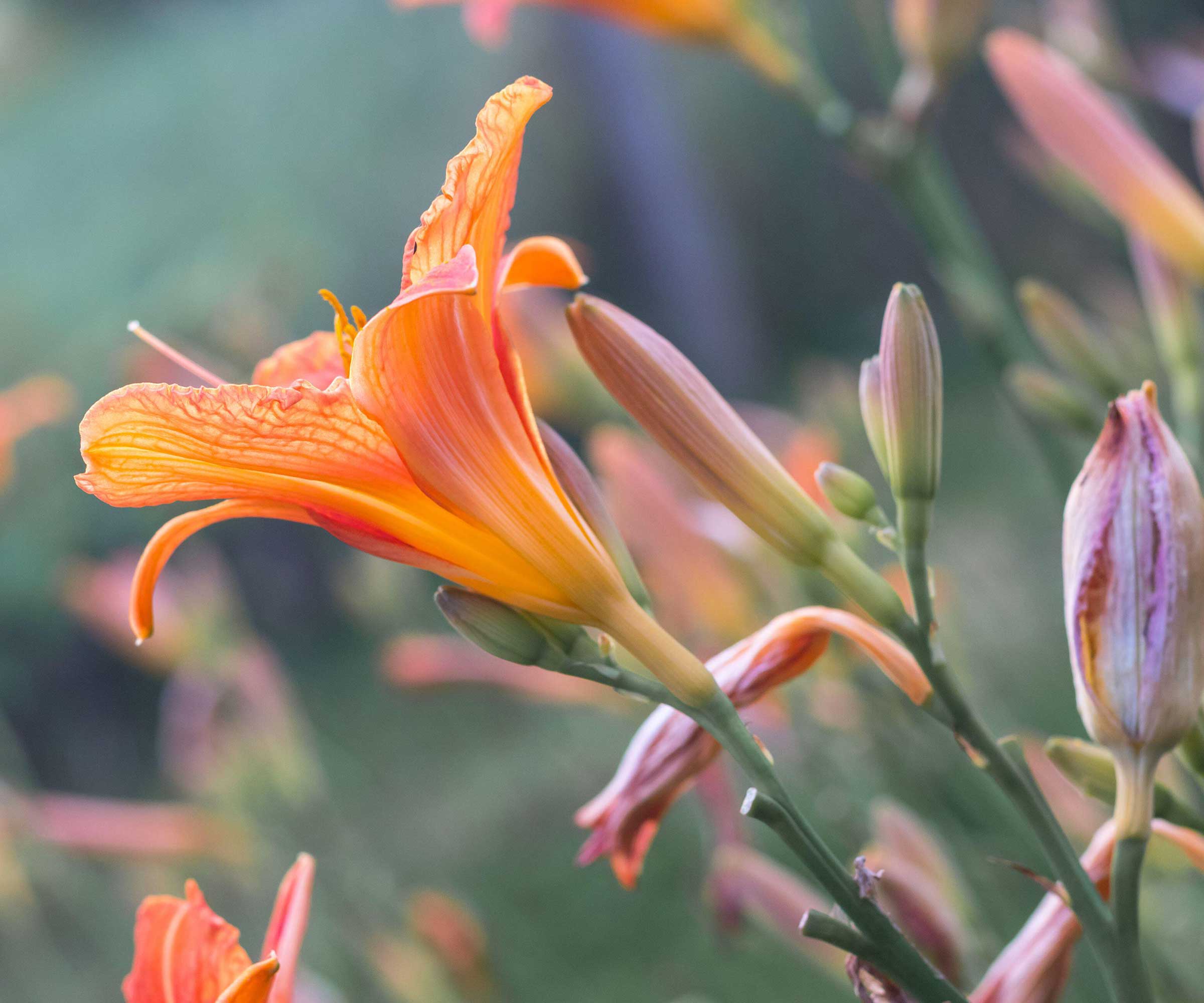
There’s nothing overly complicated about learning how to fertilize daylilies, but it is important to use the right products with suitable plant fertilizer numbers.
If your daylily clump has more leaves than flowers, then I would suggest using an organic tomato fertilizer that will boost flower production. This will have a higher potash (or potassium) value, so on the fertilizer packaging, you are looking for a high third value, such as 5-5-8.
Something like this organic tomato fertilizer from Burpee, available from Amazon now, should do the job nicely.
I would avoid using any products that are high in nitrogen, which will encourage your daylilies to produce more foliage at the expense of flowers.
If you have poor soil, I would suggest mulching in the fall or winter, once you have cut back the foliage. I find it is far easier to mulch once the yellow and brown blades have been cleared. A simple layer of well-rotted compost or leaf mold around the base of the plant keeps moisture in and will improve the quality of the soil over time.
FAQs
Can I use coffee grounds to fertilize daylilies?
Coffee grounds tend to be high in nitrogen, and so will encourage leafy green growth. If your daylilies are lacking in blooms, I would not recommend using coffee grounds. Stick to tomato feed or bloom boosters that will encourage flower production.
My best advice? Daylilies tend to get on just fine without much need for fertilizer. So, feed in moderation, sticking to a high-potassium solution, and be sure to mulch in fall and winter. This approach should suffice, and your daylilies will put on an impressive floral fireworks display.
For more information, see our guide on how to divide daylilies to manage the spread and size of your perennials this year.
Shop garden accessories

Thomas is a Content Editor within the Gardens Team at Homes and Gardens. He has worked as a professional gardener for both public spaces and private estates, specializing in productive gardening, growing food and flowers. Trained in Horticulture at the Garden Museum, he has written on gardening and garden history for various publications, including The English Garden, Gardens Illustrated, Hortus, The London Gardener and Bloom. He has co-authored a Lonely Planet travel book, The Tree Atlas, due out in 2024.
